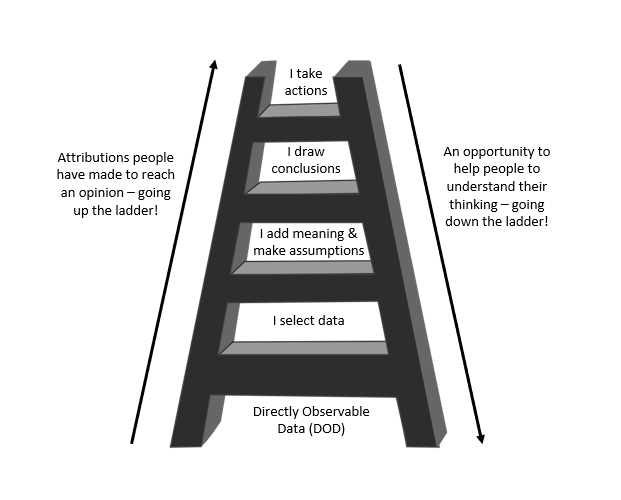What Frustrates Employees Most about their Managers
Employee engagement can quickly turn to ‘enragement’ when managers commit certain mistakes – and these mistakes are a lot more common an occurrence than they should be! In a blog from HR daily sharing research by James Adonis (What frustrates employees most about managers?), we learn that the following actions / behaviours / situations, rank highly on the list of a survey of employee frustrations (interestingly : 40% of the respondents were Australian!):
- Spending time on lazy and underperforming employees at the expense of paying attention to more talented ones. This was actually the most highly ranked management attribute that most frustrates employees.
- Failing to appreciate or recognise the effort that team members put in – many employees are wanting to know if they are meeting expectations, and are craving both positive and critical feedback. Many are searching for recognition of the additional efforts they are putting in or someone to notice the challenges they have had to overcome – and just say ‘thanks’.
- Failing to communicate effectively – employees often want more face to face – rather than email communications, and want their managers to listen more.
- The imposition of unreasonable deadlines – is a contributor to employee frustration, especially when the current workload of employees is not taken into account. In these times, more direction is often sought from managers, and employees need more guidance about the priorities – what things do we do and what do we decide NOT to do, or do later?
- The appearance of favouritism or inequity – especially in terms of time spent with team members, and inconsistencies in employee dealings.
- Micromanagement – managers who ‘manage’ far too closely, favouring control over autonomy and empowerment – are those who most frustrate employees.
- Ignoring problems – managers who fail to listen to or follow up on issues that are raised, who fail to deal with actions or behaviours that are negatively impacting others in the team enrage employees – ‘the standard you walk past is the standard you accept’ (click here to see the powerful message from Australia’s former Chief of Army Lieutenant General David Morrison about unacceptable behaviour).
- Delaying decisions – “employees wait painfully on managers to make decisions about giving promotions, approving leave requests or authorising project plans”. These may well be unintended consequences when things are delayed, but managers need to be mindful that they can contribute significantly to how employees perceive their manager and their environment.
Quoting from the blog : “In short, Adonis says a good manager is one that:
- seeks employees’ input or consultation with sincerity by giving them an opportunity to influence what’s going on when change takes place;
- knows the difference between directing employees (when employees feel they can’t be trusted to use their own minds) and direction (knowing the parameters and foundations that guide employees to where they need to be);
- empowers employees rather than delegates by putting aside their own fear of losing power, and coaches and trains them to take on additional responsibilities, encouraging them to make final decisions;
- sets up the right kind of environment where teamwork can flourish so employees can express their opinions and ideas, ensures everyone is clear on each others’ roles and responsibilities, and makes sure communication is free-flowing;
- knows what employees’ natural talents are and builds close relationships with them; and
- is always honest and doesn’t focus on employees’ faults.”
What is one thing you can do tomorrow – something you can start, stop or continue – to positively contribute to higher levels of team member engagement?
Want more on this topic? Click here to see other blogs.
Click here to see the original blog.








 Want to sign-up to receive a copy of these monthly leadership tips automatically?
Want to sign-up to receive a copy of these monthly leadership tips automatically?